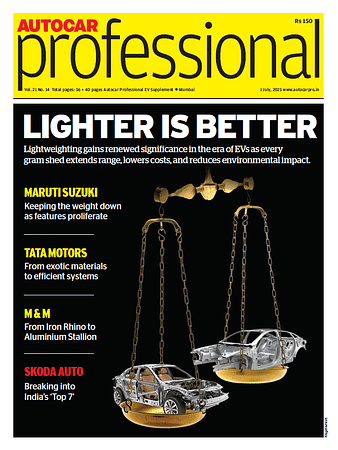FEV’s XiL simulation helps reduce development time by 30%
FEV says it has developed the required real-time models based on more than 40 years of technical knowledge about vehicle powertrains and the relevance of the required model structures and scopes.
Germany-headquartered conventional powertrain and future mobility partner for OEMs, Tier 1 suppliers and start-ups, FEV says simulation techniques are necessary for affordable and timely design as well as for the manufacturing of today’s complex vehicle concepts. The company says it supports these technology solutions with proprietary software for virtual experimentation and calibration via Hardware-in-the-Loop (HiL) co-simulation systems.
According to FEV the need to be nimble and quickly adapt to changing environments has never been more prevalent. Due to the current global pandemic, companies are limiting global travel, thus creating challenges for climate and other real-life testing of prototype vehicles. When adding the evolving complexity of powertrains and increased test matrices for vehicle derivatives, the incorporation of real-time co-simulation systems for calibration and validation purposes is an obvious solution.
Prof. Stefan Pischinger, president and CEO, FEV Group said: “FEV’s modular X-in-the-Loop (XiL) test benches are valuable tools in deploying virtual calibration. Engineers perform standard bench testing on an actual component, such as an engine, paired with virtual versions of other related vehicle components. This allows for virtual validation and calibration in the early stages of vehicle development. Also, it enables validation of critical scenarios that are not safe to test on roads and removes the inconsistent behaviours of various human test drivers, providing a high degree of reproducibility.”
The company says additional customer benefits include:
- Identifying early-stage hardware needs before building first prototype components or entire vehicles
- Decreasing the number of prototype vehicles required in early development stages
- Reducing the development timeline by up to 30 percent
- Immediate cost reduction
FEV says using its various XiL test benches (e.g. Engine-, Transmission-, Powertrain- or Battery-in-the-Loop), the real and virtual worlds meet. For example, during Engine-in-the-Loop testing, the engine is tested on a modular and highly dynamic engine test bench while the response from the transmission and vehicle are simulated through respective models.
To facilitate communication between these two worlds, FEV says it utilises xMOD, its propriety real-time software for co-simulation and virtual experimentation:
- The automation system sends torque measurements to xMOD
- To control the engine on the bench, xMOD sends pedal and speed instructions based on the feedback from the appropriated simulation models
- FEV’s modular XiL co-simulation interface synchronises information from the simulation with the physical testing to ensure precise execution
In addition to providing a means of communication, xMOD is claimed to have the capacity to run simulation models 10 to 40 times faster than other available systems. This allows for the management of highly complex bench models in real-time without information losses.
FEV says it has developed the required real-time models based on more than 40 years of technical knowledge about vehicle powertrains and the relevance of the required model structures and scopes. These models can be iteratively adapted to project scopes, if required. Furthermore, the FEV in-house models can be linked with customer-specific or third-party models and jointly executed in xMOD. The procedure ensures proper mechanical and informal information exchange at the highest quality level.
Prof Pischinger said: “As the automotive industry evolves, its vehicles and technologies become increasingly complex. Hence, our ways we test components needs to evolve, too. Our modular XiL test benches are what our customers need and expect from FEV. And with applications in other industries, our XiL solutions are examples of how FEV expertise can extend beyond automotive.”
In addition to automotive applications, FEV says its XiL tool can be applied to other industries featuring complex products. For example, XiL is a viable option when testing safety components of aircraft systems. The high cost of building and testing prototype aircrafts is prohibitive, so having the ability to test components virtually is a tremendous cost saving factor.
RELATED ARTICLES
Forvia Appning and 4screen partner to transform the onboard experience
The partnership aims to enrich the driver and passenger experience by providing personalized and contextual recommendati...
ZF unveils next-gen intelligent chassis sensor
Upgraded version’s integrated accelerometer enables even more precise detection of relative motion in three dimensions a...
First BYD EV rolls off the line at new plant in Brazil
Chinese EV maker takes just 15 months from breaking ground to producing the Dolphin Mini, the first locally manufactured...





 By Autocar Professional Bureau
By Autocar Professional Bureau
 19 Nov 2020
19 Nov 2020
 3297 Views
3297 Views









